Waterproofing Solutions for Structural Protection
Waterproofing is a critical process that prevents water ingress into structures, protecting foundations, basements, roofs, and walls from water damage. Proper waterproofing enhances durability and reduces the risk of structural issues caused by moisture intrusion.
Effective waterproofing safeguards buildings against water damage, mold growth, and structural deterioration, ultimately extending the lifespan of the property.
Common methods include liquid membrane coatings, sheet membranes, and cementitious coatings, each suited for different applications and environmental conditions.
Key areas include basements, roofs, balconies, bathrooms, and exterior walls, where water exposure is frequent or persistent.
Reduces maintenance costs, prevents interior damage, and maintains structural integrity over time.

Application of waterproofing membranes on foundations to prevent water ingress.
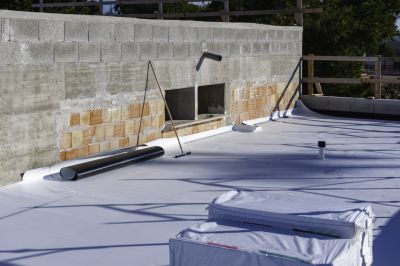
Sealing flat roofs with membrane systems to prevent leaks.
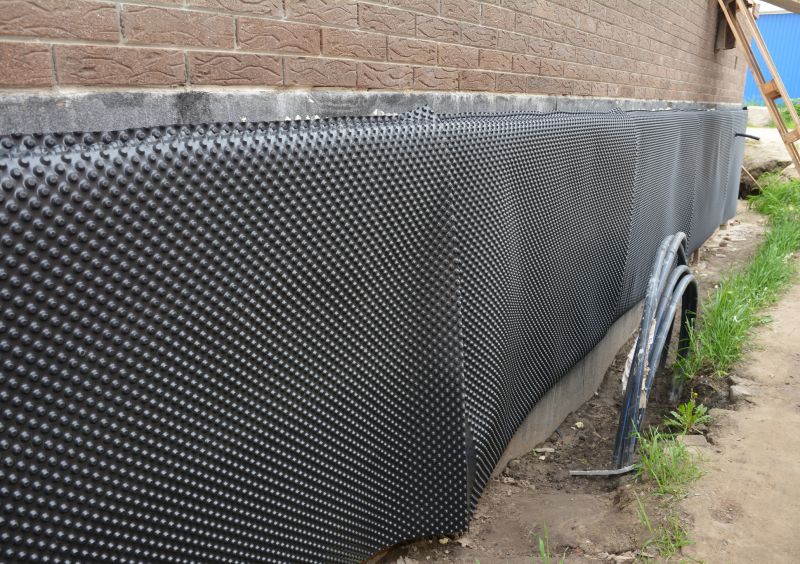
Installing barriers to keep basements dry and free from moisture.
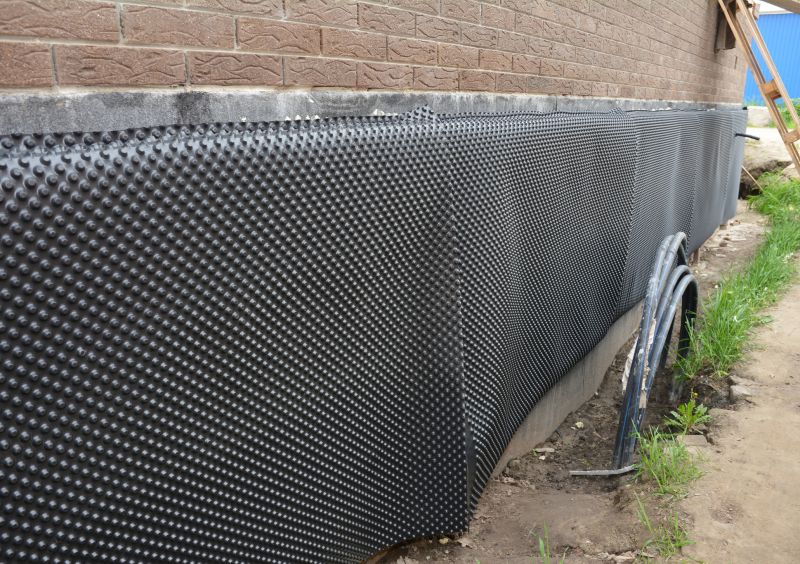
Protecting walls from water penetration and damage.

Ensuring balconies are sealed against water intrusion.

Using high-quality membranes, coatings, and sealants for durability.
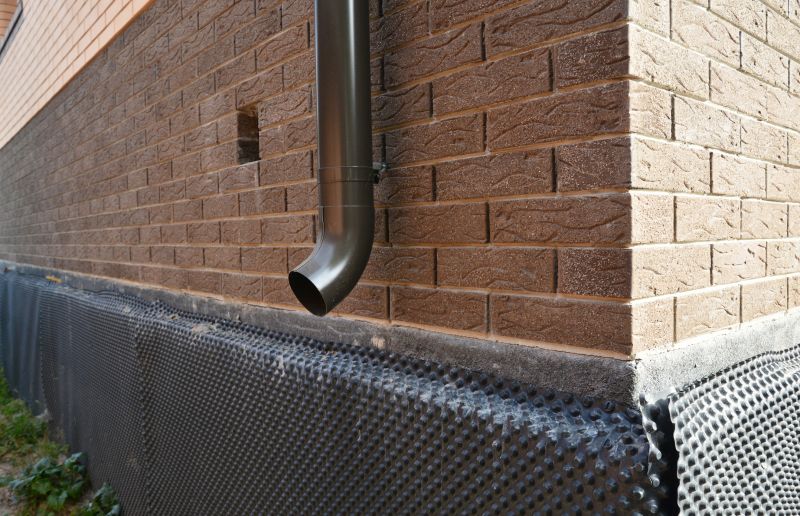
Incorporating drainage solutions to direct water away from structures.
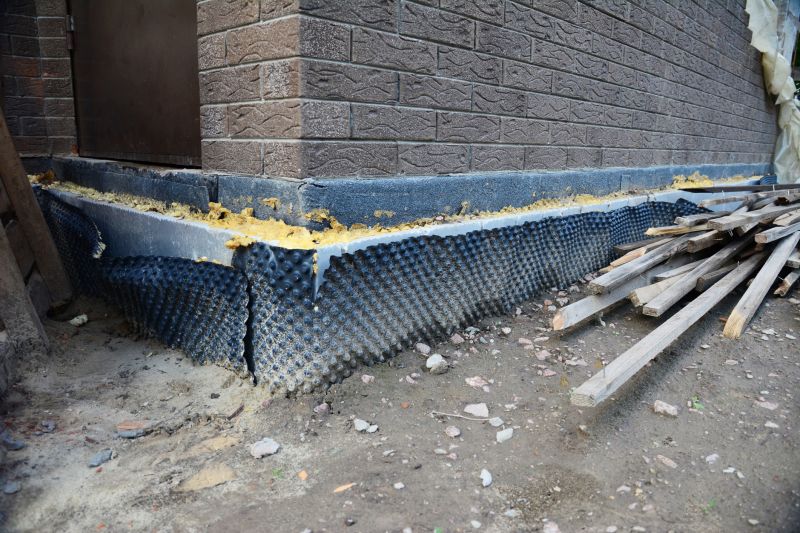
Regular inspections and repairs to maintain effectiveness.

Integrating waterproofing during building phases for optimal results.
| Best Time for Waterproofing | Details |
|---|---|
| Spring | Ideal for waterproofing projects due to moderate temperatures and less rain, allowing materials to cure properly. |
| Summer | Suitable if early morning or late evening work is planned to avoid extreme heat and humidity. |
| Fall | Good for waterproofing as temperatures are mild, and it prepares structures before winter. |
| Early Winter | Possible in mild climates if conditions are dry and temperatures stay above freezing. |
| Late Winter | Generally not recommended due to cold temperatures and potential for frost to hinder application. |
Waterproofing is essential for maintaining the integrity of structures exposed to moisture. The effectiveness of waterproofing materials depends on proper application and environmental conditions. Choosing the right time for waterproofing ensures optimal adhesion, curing, and durability of the materials used.

Application of membrane layers on a building foundation.
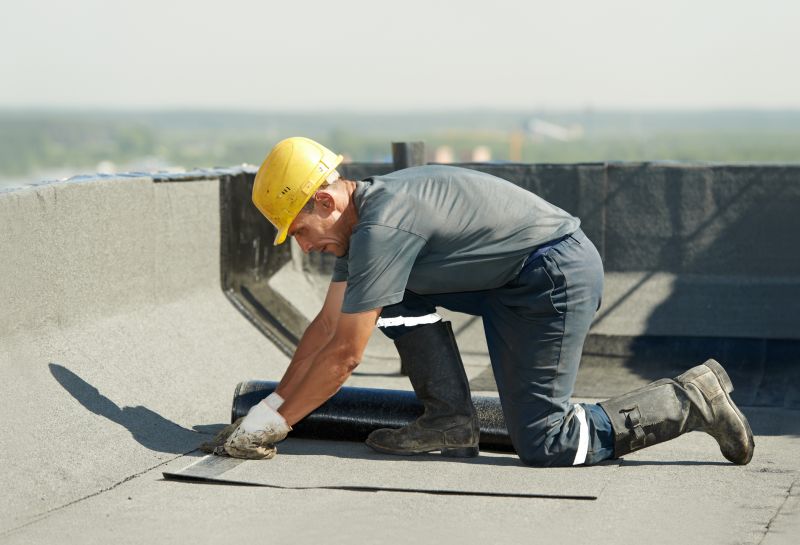
Completed waterproofing treatment on a flat roof.
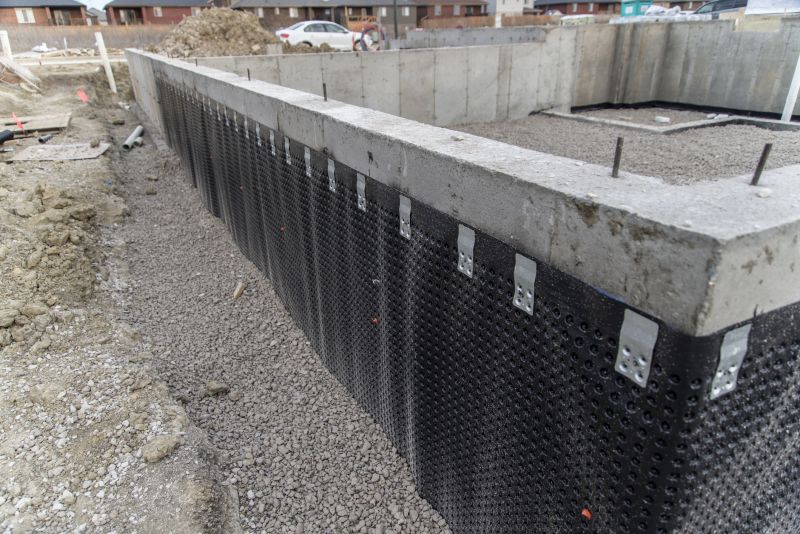
Waterproofing membrane installed inside a basement.
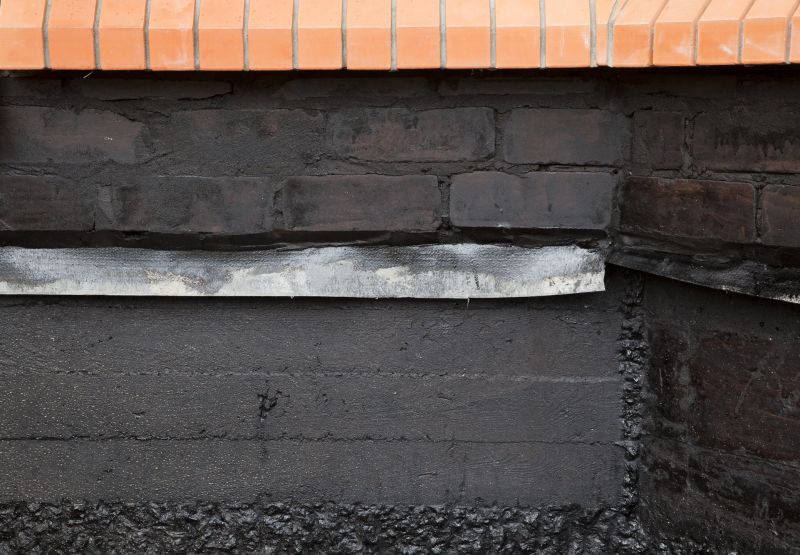
Protective waterproof coating applied to exterior walls.
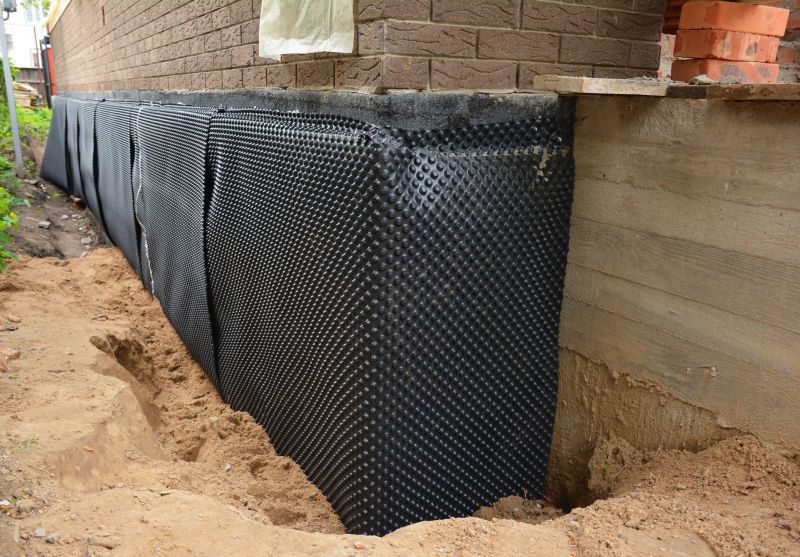
Ways to make Waterproofings work in tight or awkward layouts.
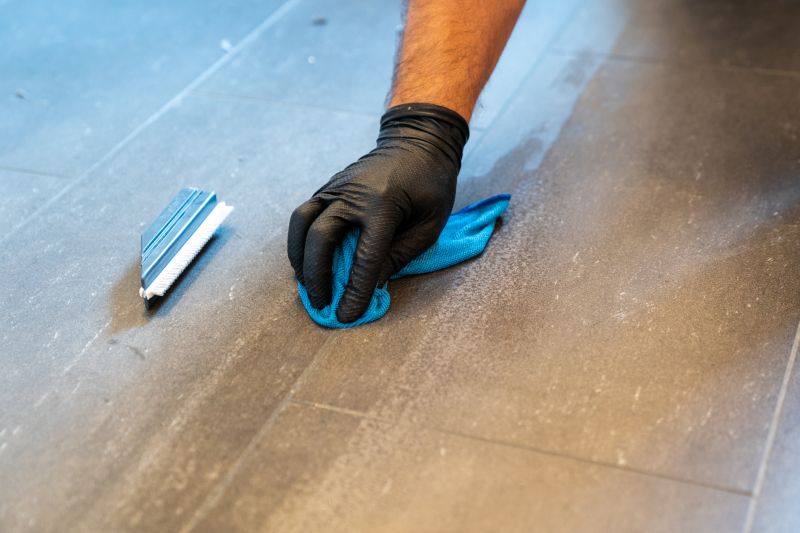
Popular materials for Waterproofings and why they hold up over time.
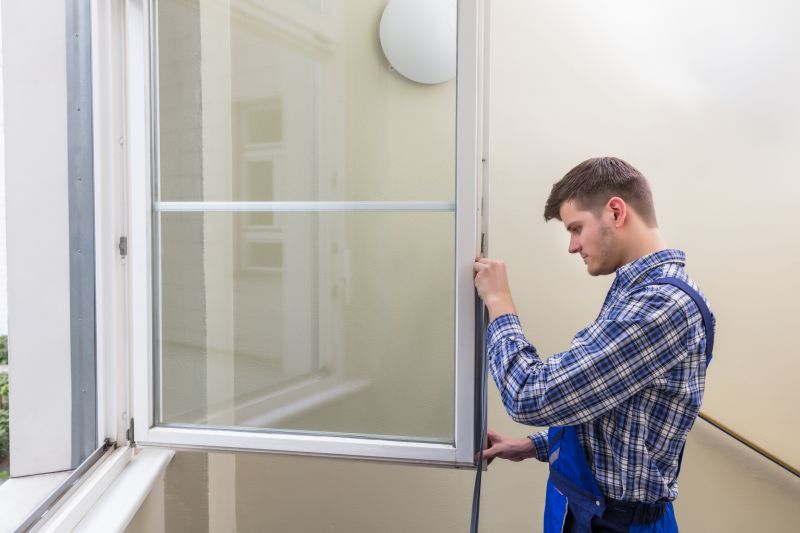
Simple add-ons that improve Waterproofings without blowing the budget.
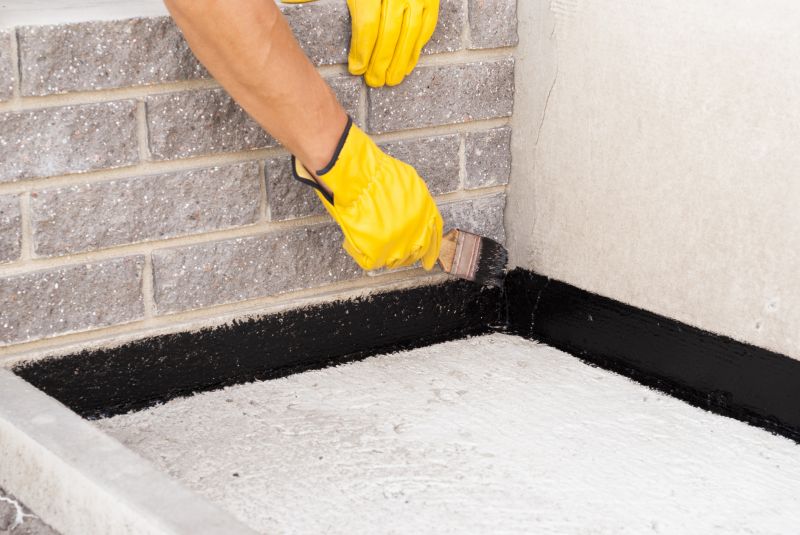
High-end options that actually feel worth it for Waterproofings.
Proper timing for waterproofing projects can prevent costly repairs and structural issues. It is recommended to plan waterproofing during seasons with stable weather conditions to maximize effectiveness and longevity of the materials.
Interested parties are encouraged to contact for more information or to schedule waterproofing services. Proper planning and execution are key to ensuring long-lasting protection against water damage.

